Plant City Stadium is located at 1900 S Park Road in Plant City, Florida. Constructed in 1987, the ballpark was the spring training home of the Cincinnati Reds from 1988 to 1996.
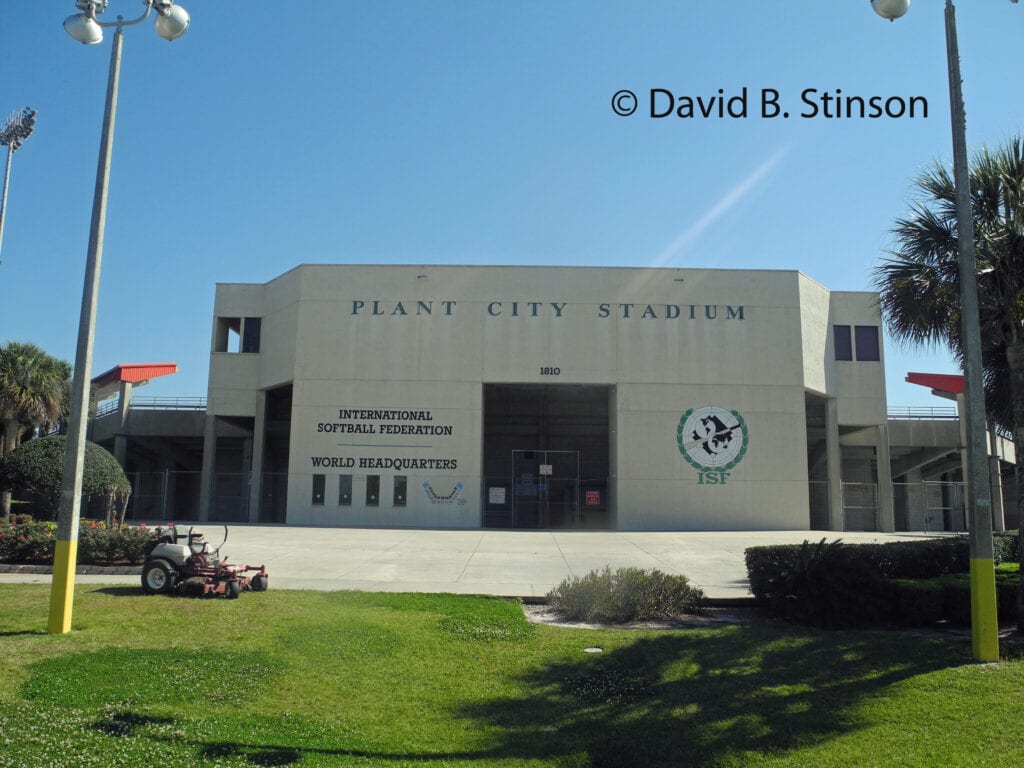
Plant City Stadium hosted no other professional baseball other than the Reds spring training. Other tenants have included the United States Australian Football League Tampa Bay Starfish and the United Soccer League (USL Pro) VSI Tampa Bay FC.
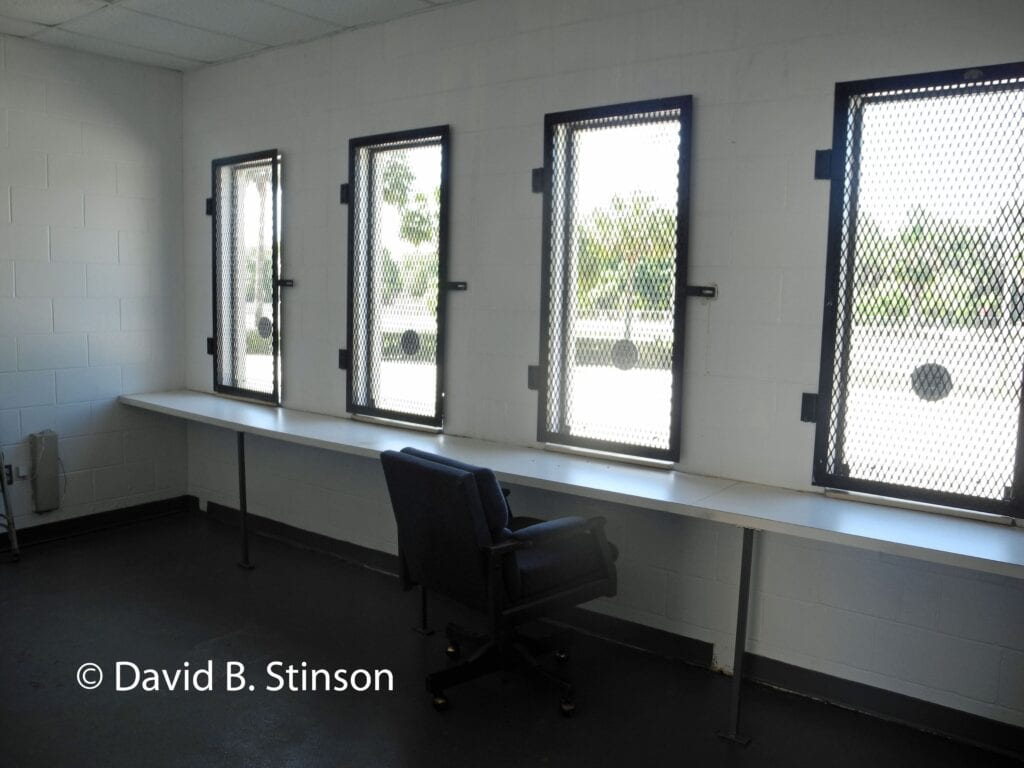
The imprint of the Cincinnati Reds remains throughout the stadium.
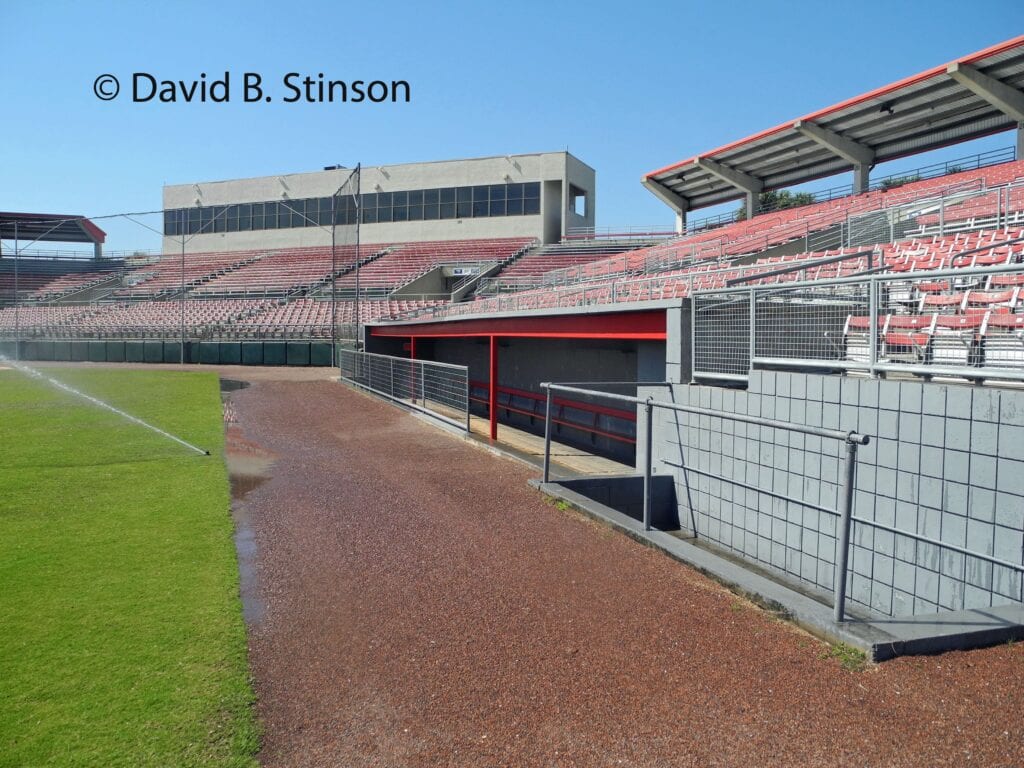
Such as the red metal grandstand seating.
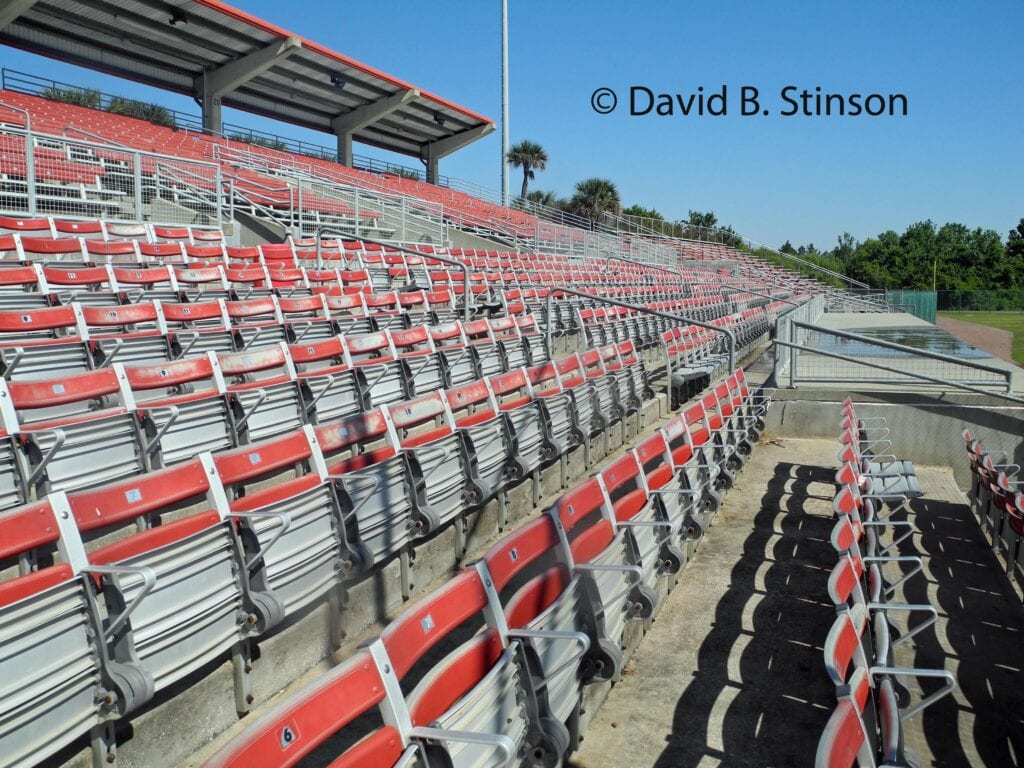
And Marge Schott’s owner’s box and kitchen.

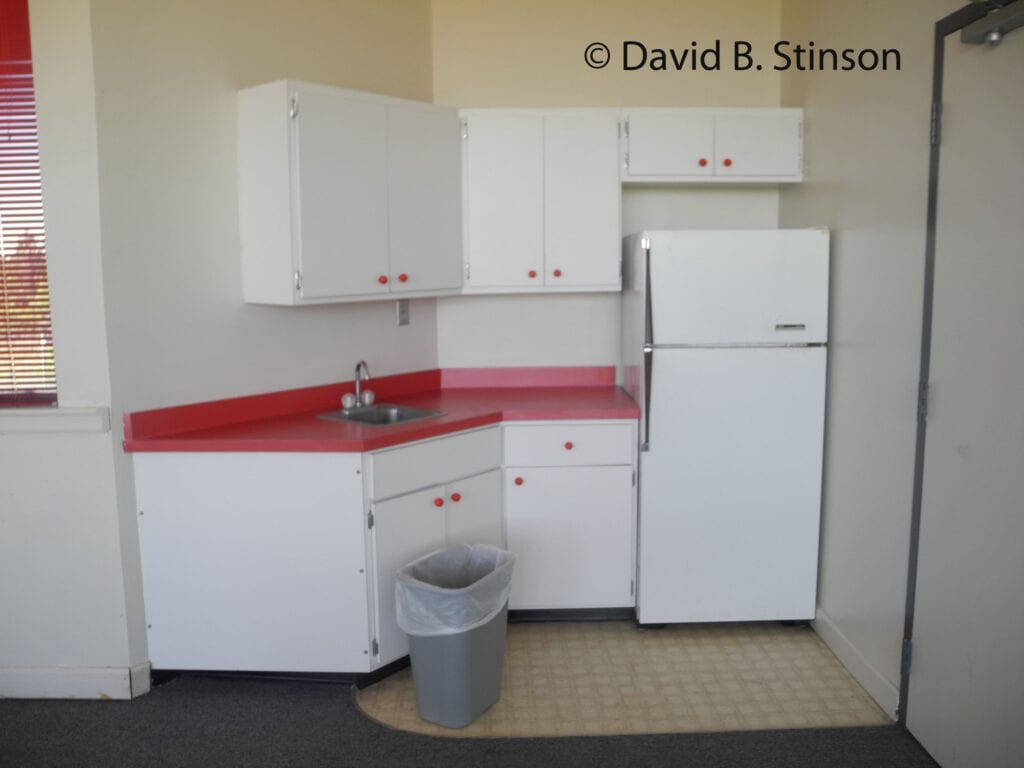
Walking through the ballpark, it would appear that the city could have the venue ready as a spring training home once again, with little effort.
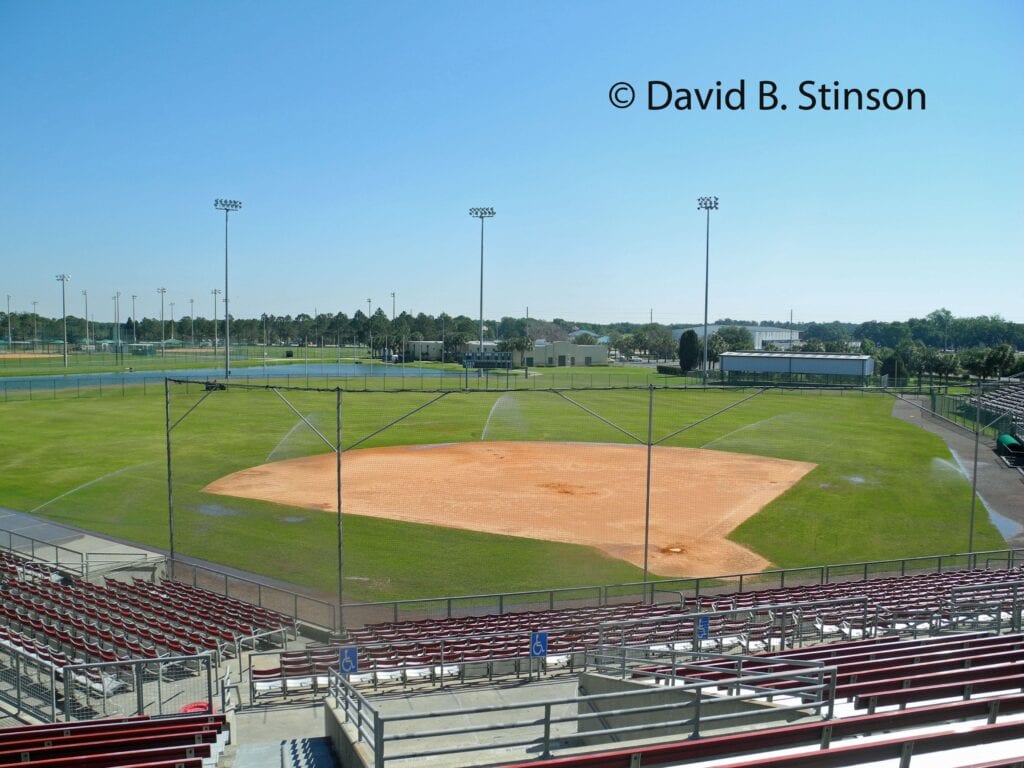
Currently, both Plant City Stadium and its practice fields are configured for softball. The former baseball practice fields have been renamed the Randy L. Larson Softball FourPlex.
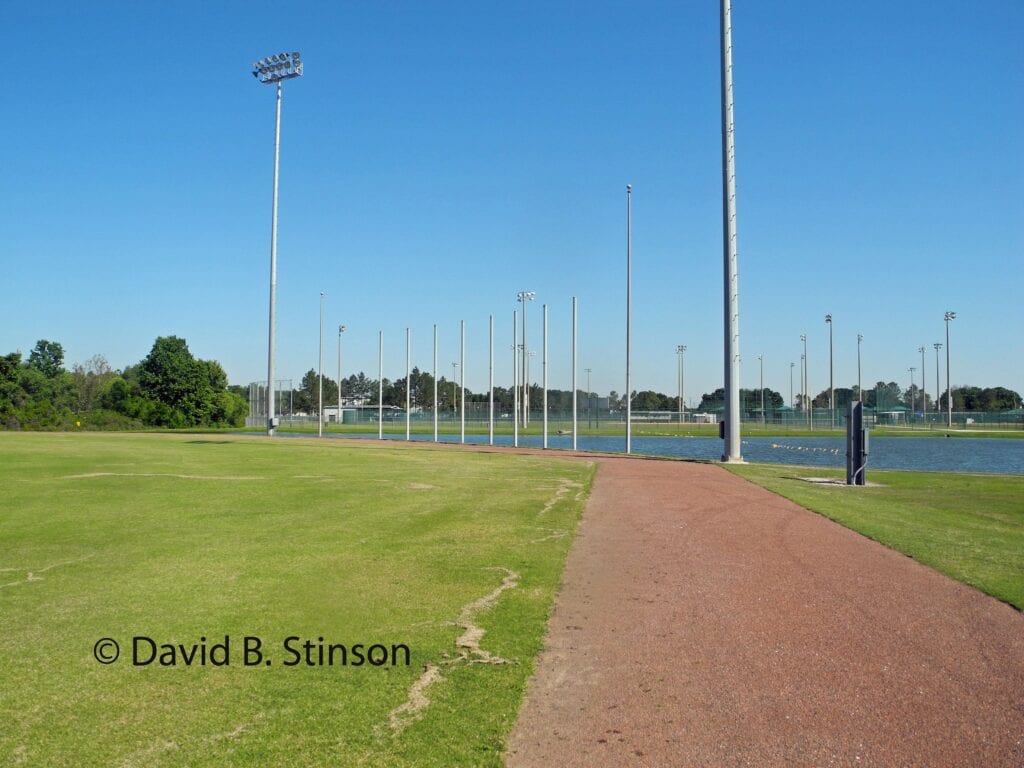
The buildings that once housed team administrative offices as well as the players clubhouse are located beyond Plant City Stadium’s right field fence.
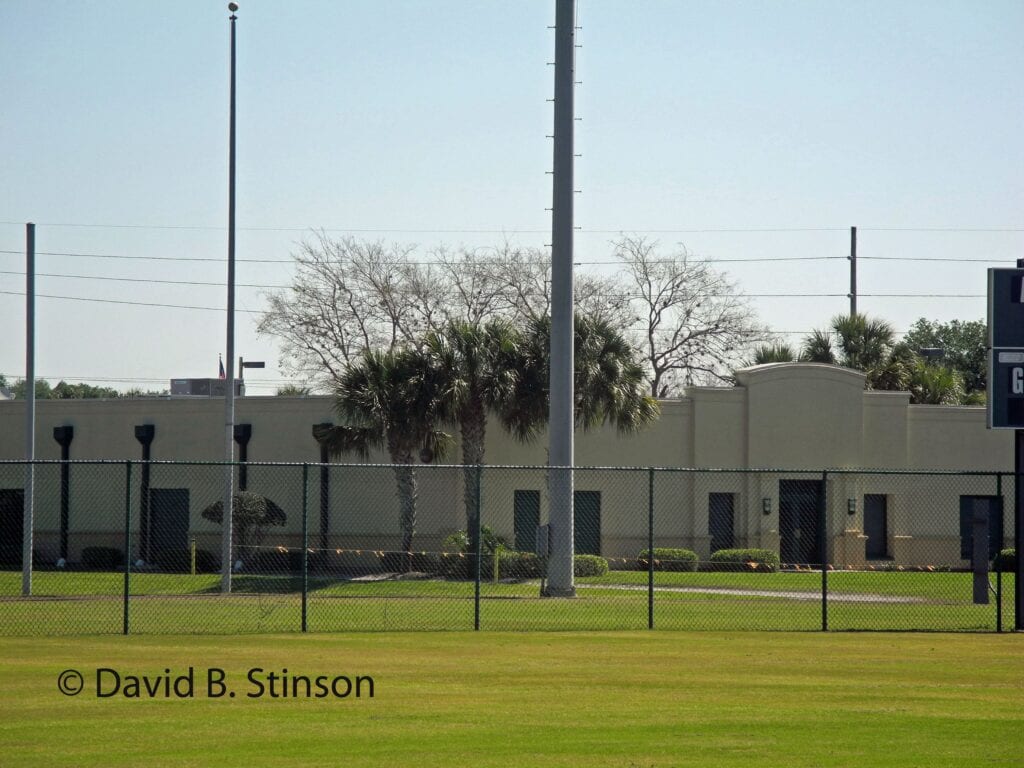
One of the buildings currently houses the headquarters of The International Softball Federation, a member of the World Baseball Softball Confederation.
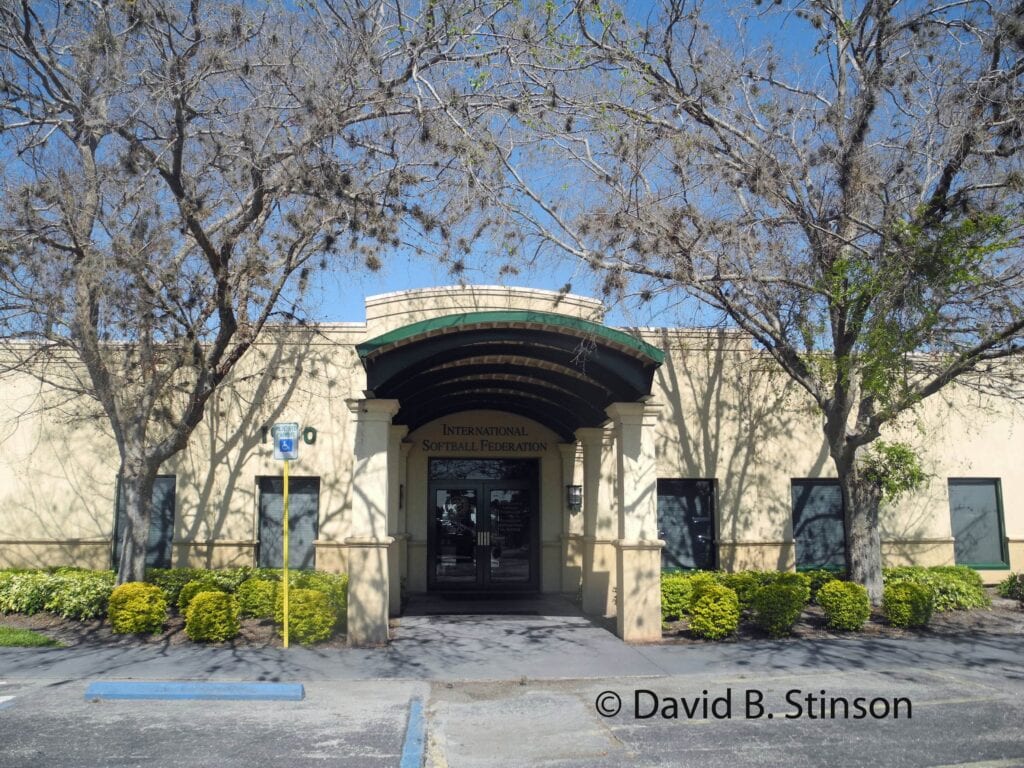
Plant City Stadium is a cautionary tale about the fickle world of Major League Spring Training. When the Cincinnati Reds departed Plant City Stadium after the 1996 spring season, they relocated their spring training headquarters to Ed Smith Stadium, a ballpark that was built in 1988, the same year the Reds opened Plant City Stadium.
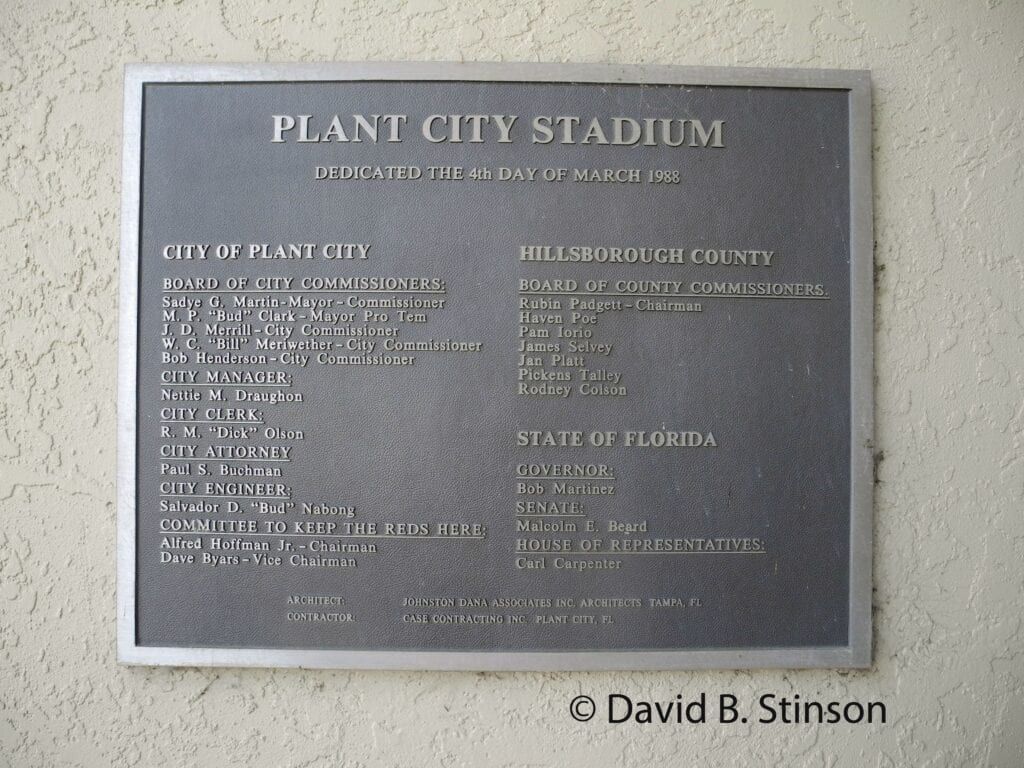
Plant City Stadium and complex was constructed by the City of Plant City at a cost of approximately $6 million, with a 30 year construction loan that will not be repaid until 2018.
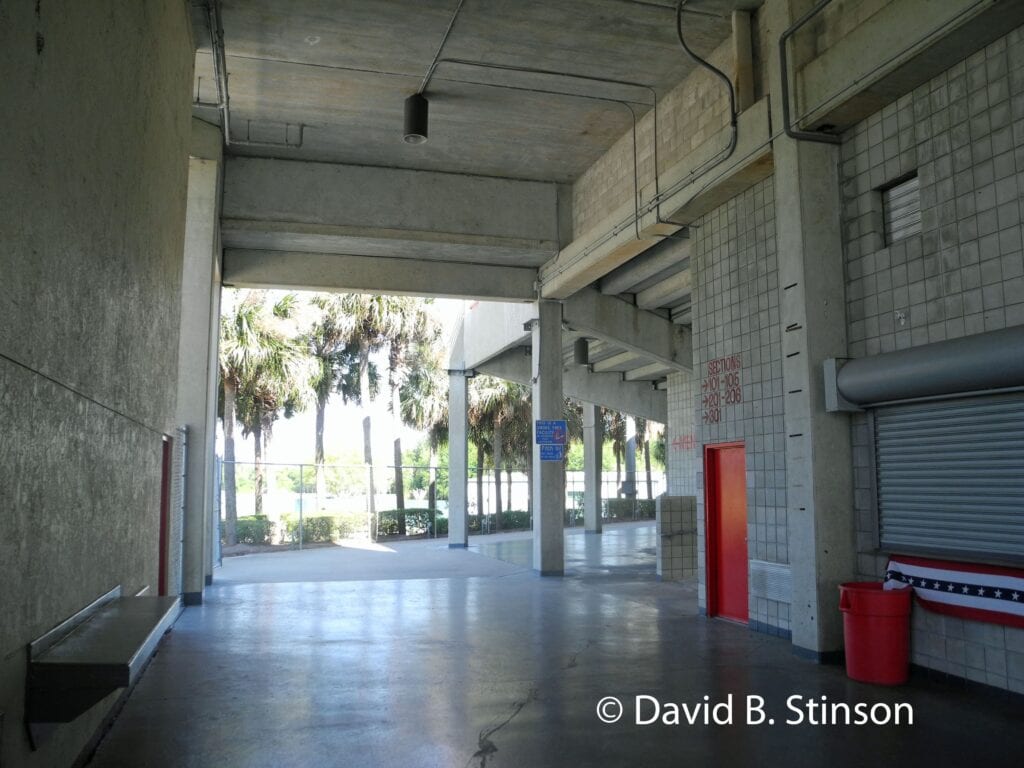
Each year the city pays over $30o,000 on the construction loan.
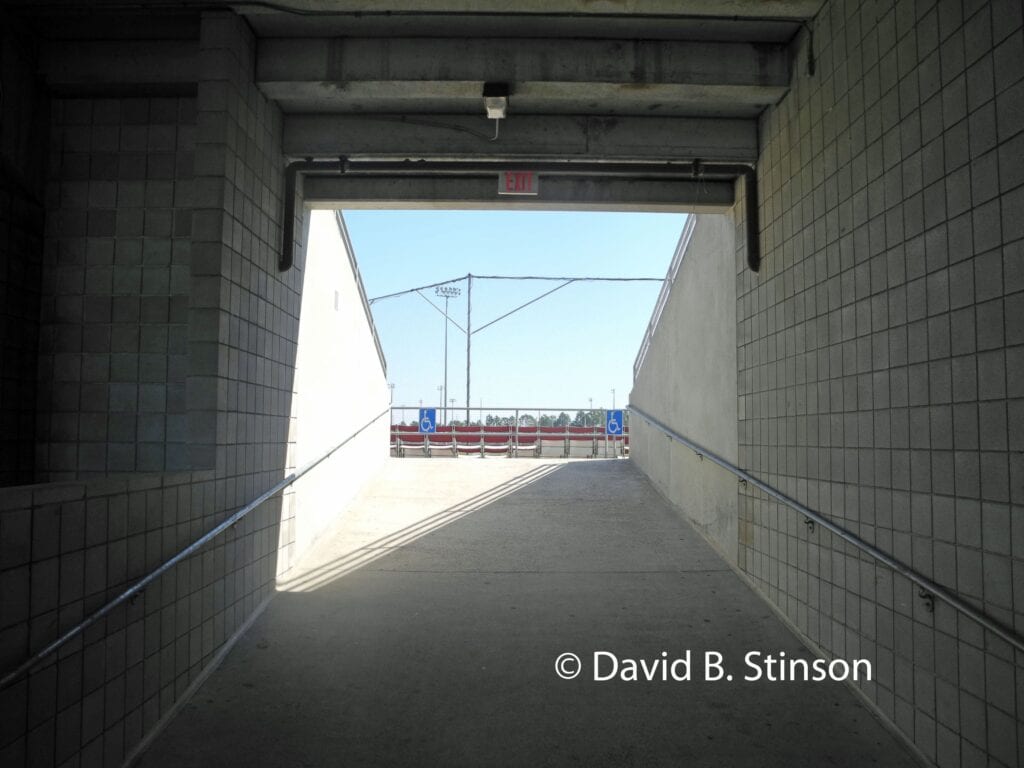
Although the stadium has been used over the past few years for professional and amateur softball, and professional soccer, the amount of revenue generated by the stadium falls short of meeting the yearly loan costs.
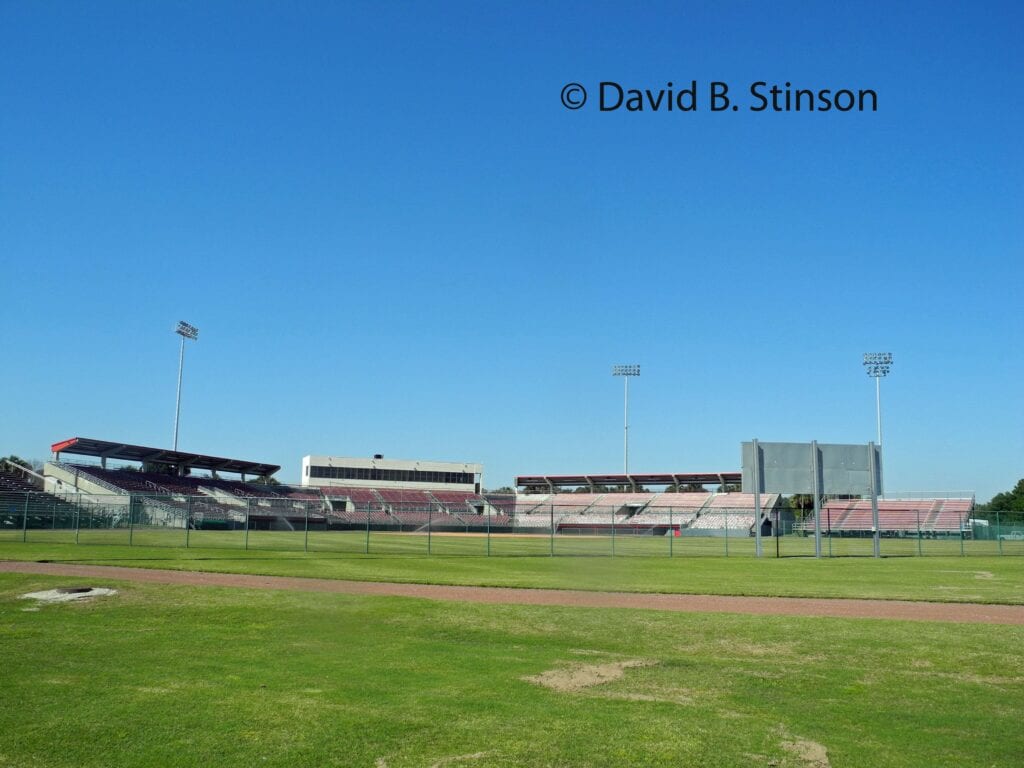
In addition, the city incurs a $300,000 plus yearly expense for maintaining the facility, although the city should be given credit for having done a good job of maintaining the facility and not letting it fall into disrepair.
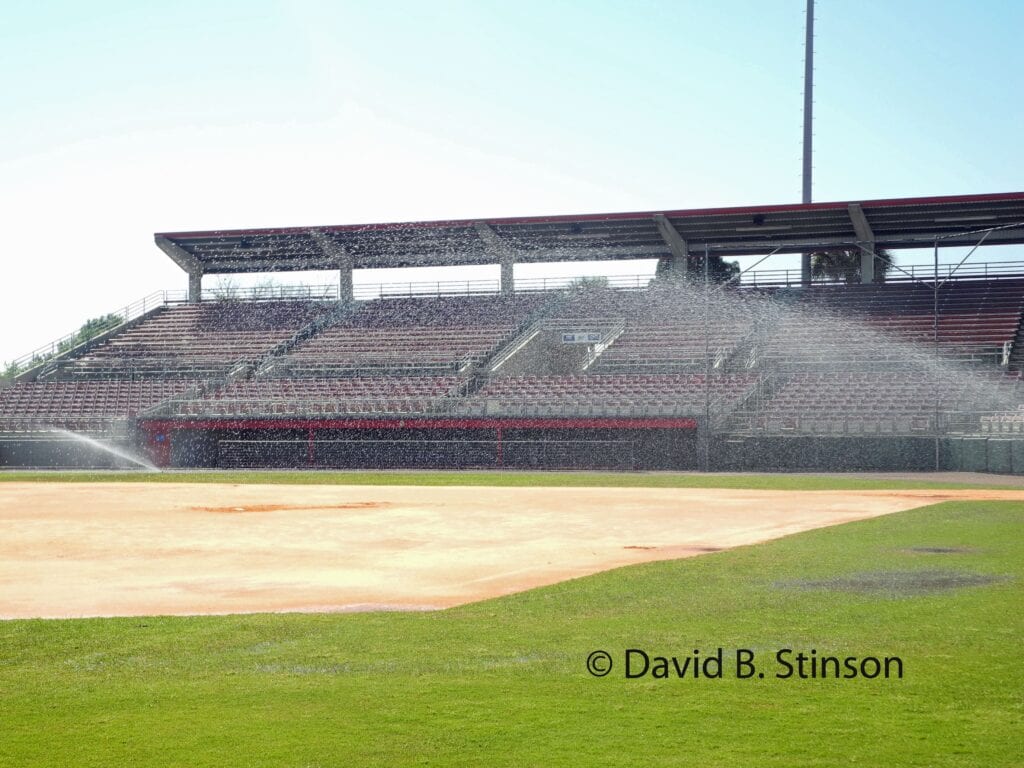
It appears that even as the construction loan payments are about to end (in the next three years), the city has given up on the idea of finding a professional sports team tenant and instead may be selling the property for redevelopment.
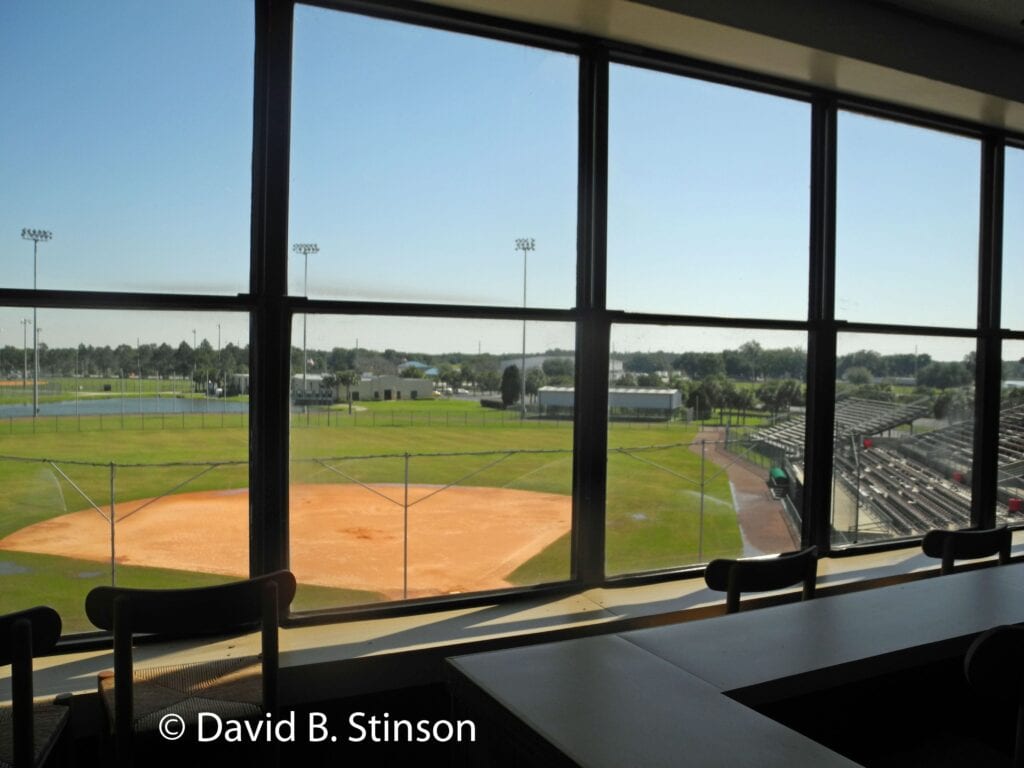
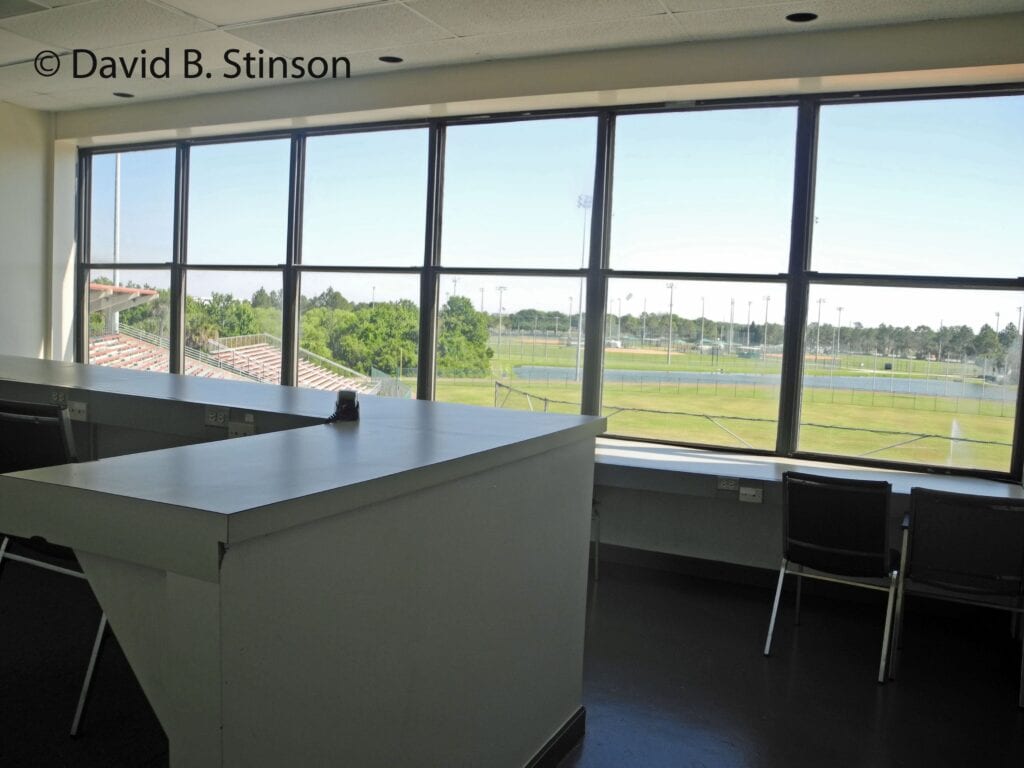
Thus, in the next few years, it seems likely that Plant City Stadium will become yet another lost ballpark. However, given the relatively meager professional baseball history of the ballpark (nine spring seasons), it is unlikely anyone will raise much of an objection to its demolition from the standpoint of baseball history.
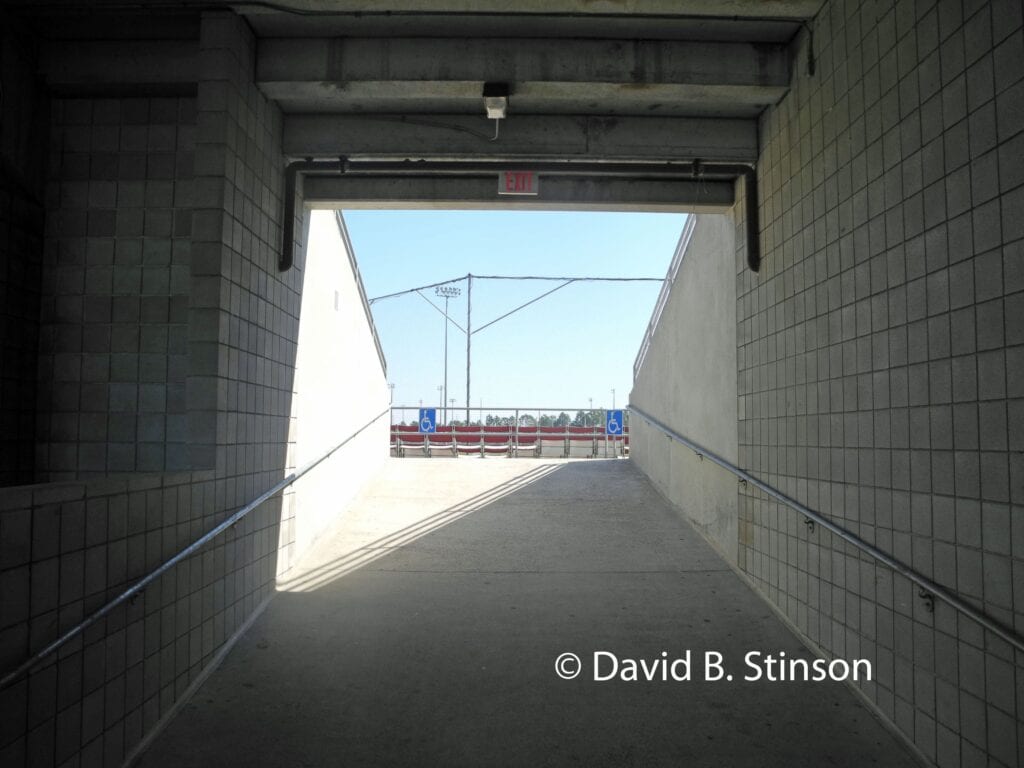
For the time being, however, Plant City Stadium still stands a prime example of a late 1980s Florida spring training venue, relatively untouched from the time the Cincinnati Reds departed for Sarasota in 1997. If you find yourself traveling I-4 to or from Tampa to Orlando, the stadium is located just three miles south off Exit 45. Take a detour and see for yourself a very small slice of baseball history, as well as, the ending to this cautionary tale.

